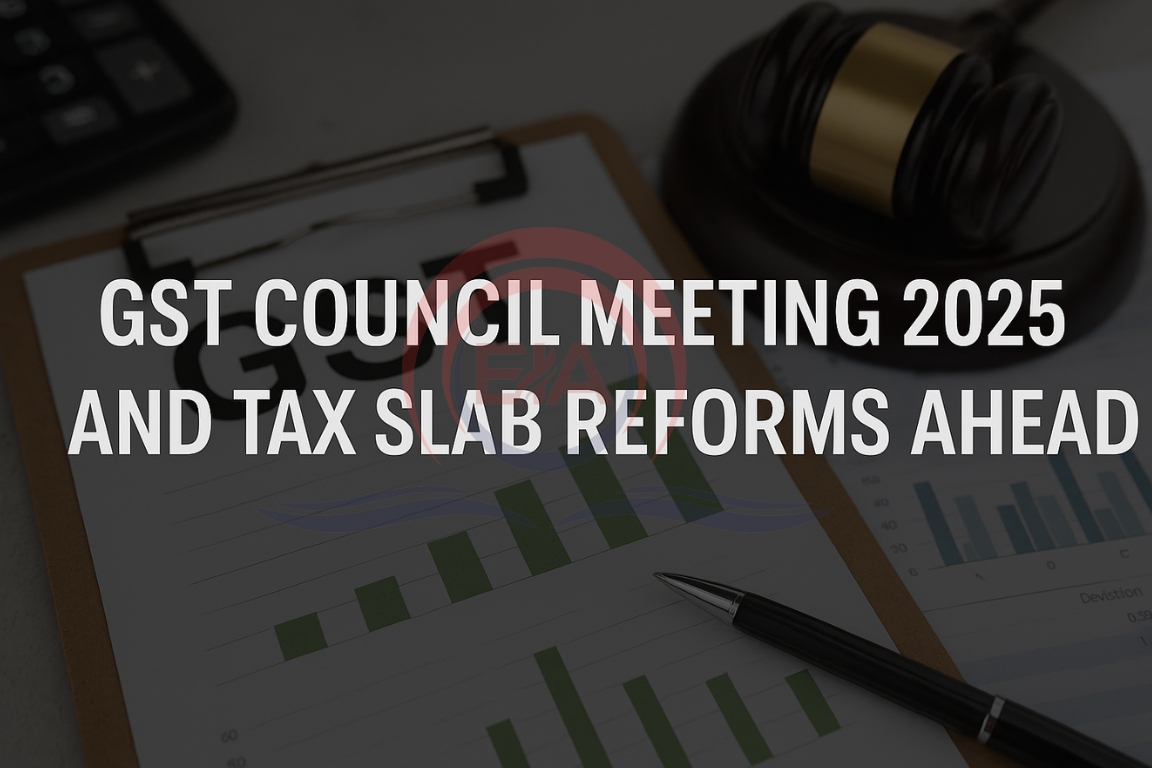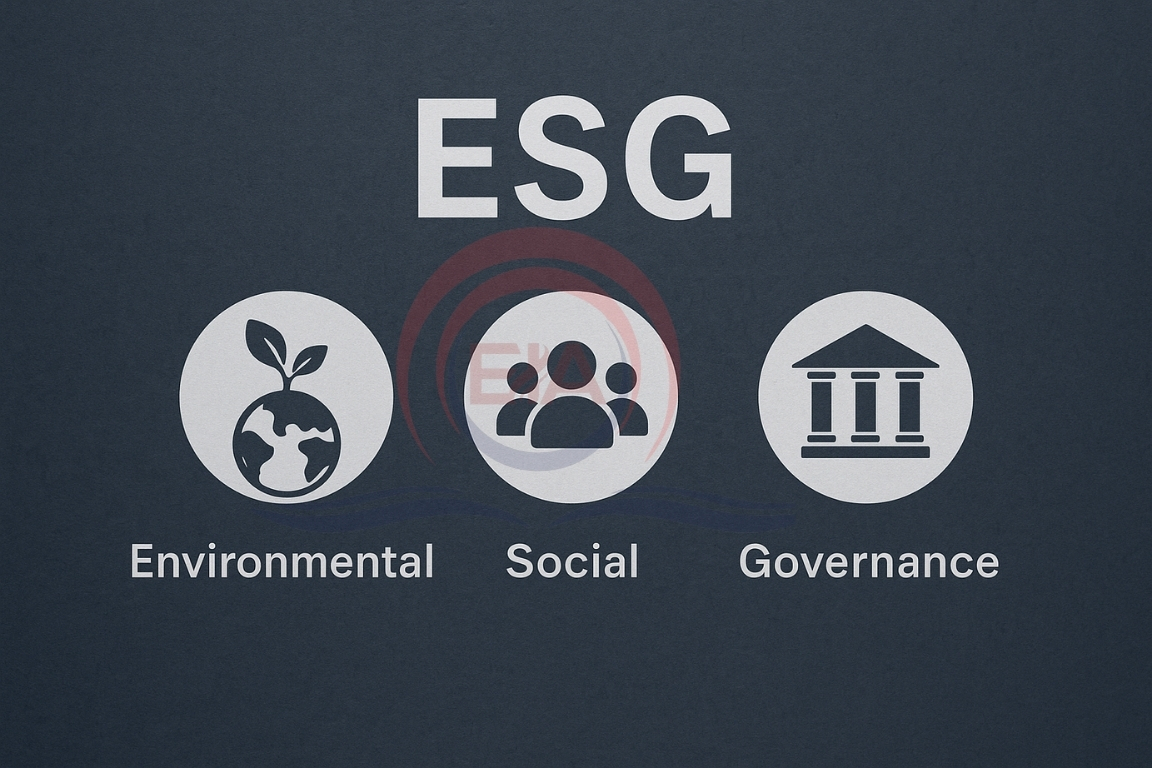The next GST Council meeting has been postponed to July 2025, Key items include pruning the 12% tax slab and reconsidering GST on service intermediaries.
Pruning the 12% Tax Slab
- Current Structure: Four main rates—0%, 5%, 12%, 18%, and 28%, plus special rates (0.25% diamonds; 3% gold/silver) and compensation cess.
- Proposal: Eliminate or reduce items in the 12% bracket, shifting many to 5% or 18%.
- Rationale: Reflect changing consumption—items like toothpaste, soap now essentials.
- Caution: Manufacturers at 12% enjoy input tax credits; moving to 5% could forfeit these credits, raising production costs.
Composition of the GST Council
- Chair: Union Finance Minister (ex-officio).
- Members:
- Union Minister of State in charge of Revenue or Finance;
- Finance Ministers of all States and Union Territories with legislatures.
- Secretary: Revenue Secretary, Ministry of Finance (non-voting).
Voting Weights
- Total Voting Power: Divided between the Centre and States.
- Centre: Holds 1/3 (33.33%) of total votes.
- States Combined: Hold 2/3 (66.67%) of total votes.
- Individual State Share:
- The States’ 66.67% is equally divided among all participating States and UTs with legislatures.
- Example (2025): If 30 States/UTs participate, each has ~2.22% vote weight.

Decision-Making Rules
- Ordinary Agenda: Requires approval by a simple majority (>50% of weighted votes).
- Important Matters (e.g., rate changes, threshold revisions): Require at least three-fourths (75%) of weighted votes.
Significance for Policy
- Cooperative Federalism: Balances Centre’s and States’ interests in tax policy.
- Decision-Gating: High thresholds ensure broad consensus for major reforms—protecting smaller States from unilateral changes.
- Predicting Outcomes: Knowing vote shares helps assess which proposals (e.g., rate rationalisation) are likely to pass.





